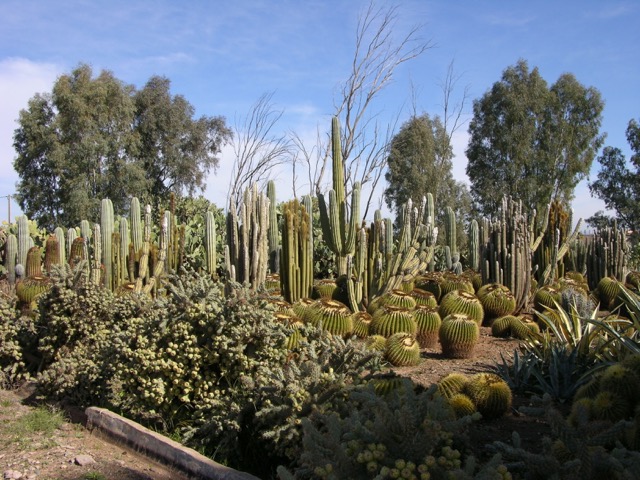
07 Oct This garden is the source of others in Marrakech and only a few travellers visit
Beyond the long queues at Majorelle Gardens or the stylish wanderers at the Secret Garden inside the medina, there’s a relatively unknown oasis just outside of town and it’s the source for many gardens in the red city. Riad Living’s Mandy Sinclair headed out one Monday morning for a guided tour of Cactus Thiemann, a cactus farm and garden near Marrakech.
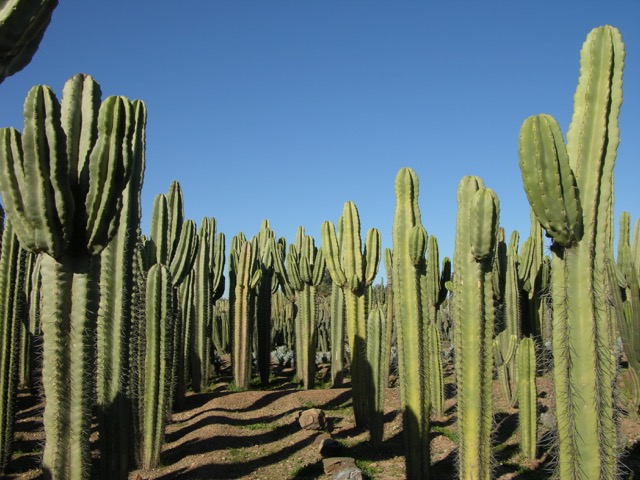
Accessible by an unassuming track off the Route de Casablanca, we followed the signs directing us to the inconspicuous gardens where Roselinde waited for us, along with a few others, for a guided tour of the gardens I’d been admiring through Instagram. And today, I was finally able to capture the experience first hand.
Since 1964 founder Hans Thiemann has used this space explore his passion – the cacti – at the foot of the Atlas Mountains. In fact, Roselinde tells us that Cactus Thiemann provides the plants for the famous Majorelle Gardens.
We begin our walk, in awe of the cacti that surround us, eventually approaching the oldest cacti on the grounds – a 60-year-old carnegiea gigantean. And it’s here that the botany lessons began. The lack of spikes on the cactus reveal the plant’s age, which Roselinde explains younger cacti produce to protect themselves from animals while also providing shade from the sun. But as the plants age, they require fewer and the skin has a woody texture, making it less appealing to predators.
And while the plants here seem to be in good health, Roselinde tells us a few tips for caring for cacti, particularly interesting given the plant’s current popularity. Firstly, cacti need at minimum a half-day of sunshine each day. So important is sunshine that as we wander through the gardens we can see how the cacti turn their heads toward the sun for maximum exposure and making for interesting forms on the cacti.
Secondly, and perhaps most importantly, is watering. “A cactus cannot control itself with water. It keeps drinking to store the water, but should not have constant water in its roots,” explains Roselinde. So she recommends one drink every 15 days (or when the soil is completely dry) with enough water to submerge the soil in water. In fact, we see cacti that appear to have split open, a result of sudden downpours in Marrakech whereby the cacti receive too much water at once.
Lastly, a soil that drains is important for the health of the plants.
With a few of the cacti in flower and some bees buzzing around, I can’t help but wonder what the cactus fruit honey must taste like from this region. It’s not something currently produced on the farm, but Roselinde doesn’t rule this out for the future. Instead, we stop at a field of ferocactus horridus, where the bulbous cacti grow in various directions seeking the sun with a floral crown atop. It’s here that Roselinde opens one of the flowers to reveal the seeds, and there are several of them per flower, that once scattered would ensure regrowth.
When I ask about the most in demand cacti, Roselinde explains that it changes with time and depending on the project but that the long cactus and Bolivian cactus are favoured at the moment.
We continue our walk, eventually wandering through the agave section. Across the open field, we see large stalks hovering over the low-lying shrubs, which Roselinde explains mark the end of the agave’s life. “The agave flowers only once in its lifetime. It takes a year for the flower to grow and then the plant dies.” But the beauty of nature ensures that the agave flowers the plant produces eventually fall off and begin a new life where they land, continuing the circle of life.
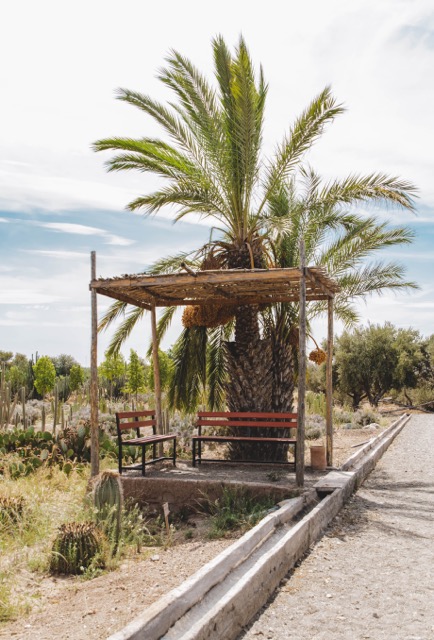
In the absence of an on-site gift shop, Roselinde provides us with bulbils from a flowering agave plant to take home as a souvenir. I’ve planted mine in a big pot on my balcony in Marrakech, with hopes that I’ll successfully be able to keep it alive. But as Roselinde explains, it’s not as easy to care for these plants as people may believe. Let’s keep our fingers crossed!
Open since 2016 for private visits by appointment only, Mr. Thiemann’s daughters have plans to expand the gardens. Roselinde pointed out the new entrance and café currently under construction, with plans to open for general visits in 2020.
To book your experience in advance of your arrival at 72 Riad Living, contact Stefania at 72@riadliving.com.

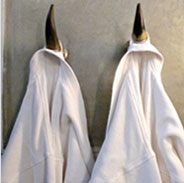
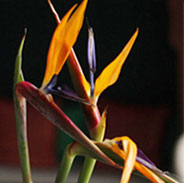
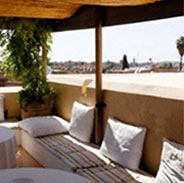

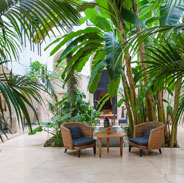




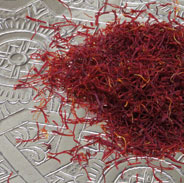
Sorry, the comment form is closed at this time.